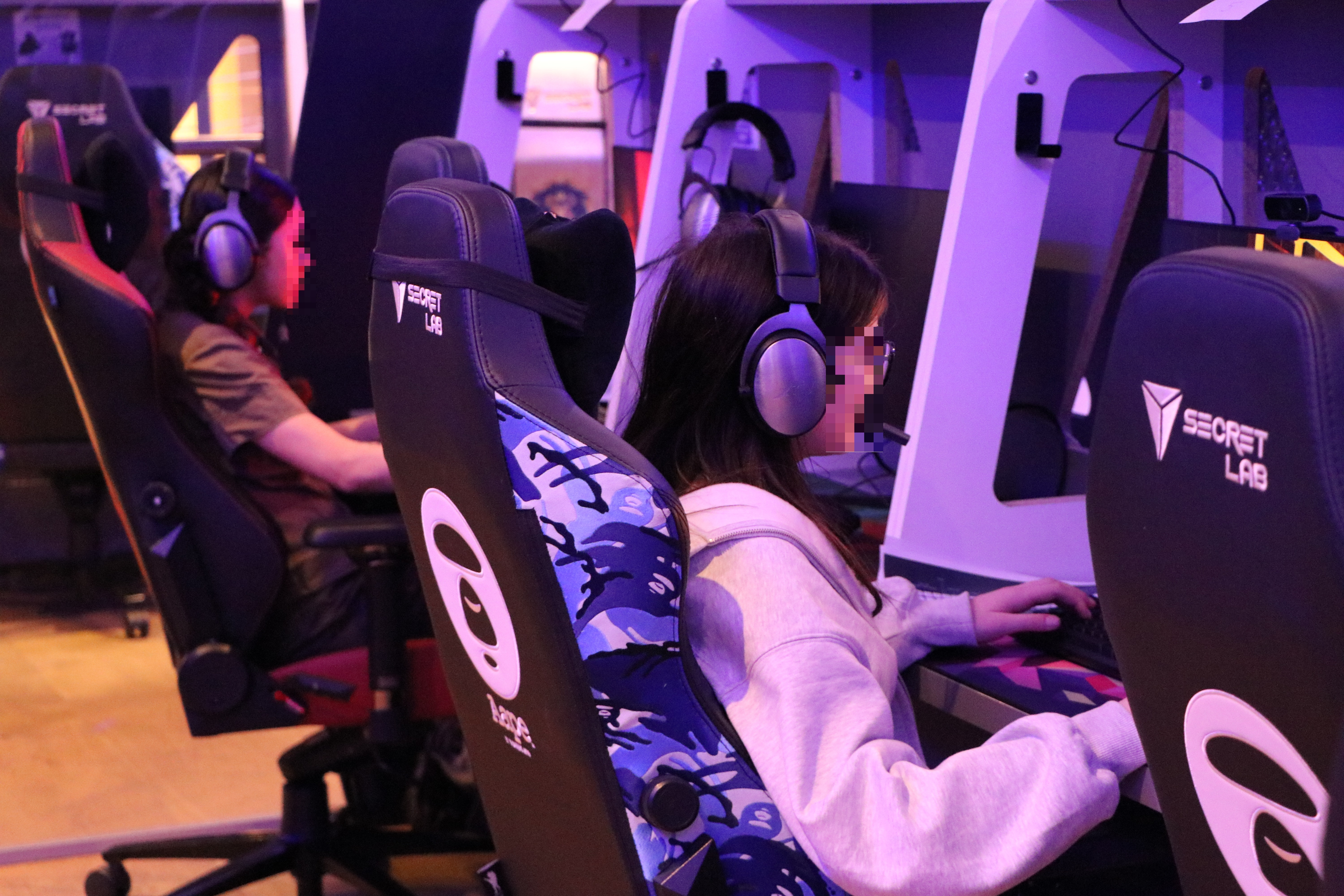By Robert Downer, Associate Director at Bryter
From Brief to Breakthrough: Inside Bryter's Game Testing Journey
Testing a video game sounds like fun and games, and it often is. But at Bryter, research is serious business; game testing is a carefully structured, insight-led process rooted in user experience market research. Whether it is a new indie release or a triple-A blockbuster, our team approaches every project with the same goal: helping developers build better games that players genuinely love.
Here is how we do it.

Understanding the Client Brief
It all begins with a conversation. When a gaming studio or publisher reaches out, we start by digging into their brief. We want to know where they are in the game development cycle. Are they refining core gameplay mechanics? Checking narrative engagement? Testing for balance or progression? Whether it is an early concept or a near-final build, this stage is about clarity.
We clarify what decisions the development team needs to make and where user input will have the most impact. This phase often includes aligning our research around existing key performance indicators or previous testing rounds. It is more than just listening. It is decoding the development context so that the insights we deliver are genuinely useful.
Scoping the Research and Team Alignment
Before designing methodology, we align internally and with the client on what success looks like. This involves identifying constraints like budget, timelines, platform readiness, and legal considerations such as cookie policy and privacy user agreement privacy compliance. This stage ensures that expectations are set clearly and that the Bryter team is primed to deliver what is needed.
Designing the Right Methodology
Armed with the brief, we build out a tailored methodology. This could mean deep-dive qualitative interviews, large-scale quant surveys, diary studies, usability labs, or even in-home testing of console builds. If the brief is about testing first impressions, for example, our approach might include a mix of observation and structured feedback. For progression or retention insights, we might focus on multiple testing points over time.
The goal is always the same: capture what matters to real players. Our team brings years of expertise across market research and games, so we know how to build tasks and surveys that do not just generate data but reveal behaviour.
We also factor in the practicalities. Is the build stable? Will players encounter a bad gateway error halfway through a play session? If there are technical risks, we plan for them, not around them.
Recruiting the Right Players
Once the plan is in place, we kick off user experience player recruitment. We work with a network of gamers across platforms and genres, making sure we speak to the right people: passionate, engaged players who match the target audience for the game in development.
This is not just about who plays games. It is about finding the game testers who match the demographic profile, experience level, or even emotional style that the game is designed for. For example, a casual mobile puzzle game calls for a very different group than a hardcore player-versus-player shooter.
Preparing and Testing the Build
Before fieldwork starts, we run internal tests to check that the game build functions as expected. This includes hardware compatibility, bug tracking protocols, save system checks, and any built-in surveys gameplay elements. We often simulate the user journey from download to feedback submission to ensure a seamless experience.
This phase can also involve coordination with developers to implement tracking, telemetry, or debug tools. A smooth technical setup means fewer disruptions later and a cleaner data set.
Running the Fieldwork
This is where the magic happens.
Depending on the methodology, fieldwork can take different forms.
In qualitative research, we might invite players to remote interviews or moderated gameplay sessions. These conversations are rich, sometimes surprising, and always informative. Watching someone engage with a game in real time, listening to their frustrations and delights, is a shortcut to real design insight.
Quantitative research, on the other hand, can involve hundreds or thousands of respondents completing surveys after playing. We build in smart survey logic and even integrate built-in surveys gameplay mechanisms within the games themselves, where possible, to maximise the relevance of feedback.
In both cases, the Bryter team handles everything from tech setup to moderation to troubleshooting. And yes, sometimes troubleshooting means rescuing someone from a bad gateway error.

Analysing with Precision
Once the data is in, we do not just drop it into a spreadsheet. Our team dives deep. Every data point is analysed in context, and we often use video highlights, verbatim quotes, heatmaps, and task-level metrics to bring the story to life.
It is not just about what players said. It is about how they played. Where they hesitated. When they smiled. What made them stop playing, or what drove them to say, just one more level.
Because game testing is not just about getting the thumbs-up (though thumbs are key). It is about discovering what players need in order to keep playing, keep buying, and keep talking about the experience. The goal is to help our clients build new games test videogames in a way that breaks through the noise and becomes a commercial success.
Reporting and Actioning the Results
Insights are only useful if they are understood and actionable. That is why we deliver tailored reporting, often in the form of visual summaries, detailed insight decks, or team workshops. We focus on clarity, impact, and relevance.
We work closely with designers, producers, marketing teams, and even board-level stakeholders to ensure findings are embedded into development and decision-making. Sometimes that means reshaping a character arc. Sometimes it is a full user interface overhaul. Whatever the output, it is built on evidence.

What Makes the Bryter Team successful?
We are more than game testers. We are researchers, strategists, and storytellers. Our backgrounds span psychology, design, data science, and gaming itself. We know what it is like to push for deadlines, to hit bugs, to have twenty tabs open and two builds crashing.
That is why we build every project with empathy. We know what our clients are up against, and we are here to help them win.
Along the way, we have helped improve everything from AAA blockbusters to niche virtual reality titles. Some of the biggest games in the world and maybe even a few of your favourite games have passed through our testing process.
The Bigger Picture
As the gaming industry evolves, so does the role of the game tester. It is no longer just about bugs and balance. It is about user experience, market research, emotional design, accessibility, and retention. It is about understanding not only if a game works, but if it matters to the people playing it.
And with more and more games entering the market every month, testing is now a make-or-break moment for many developers. The difference between a breakout hit and a forgotten title is often knowing your players. Really knowing them.

Conclusion
In an industry defined by rapid change and fierce competition, great gameplay alone is no longer enough.
What sets successful titles apart is a deep understanding of player behaviour, expectations, and experience. That is what Bryter delivers. From the first brief to the final round of polish, we help developers navigate uncertainty with insight. Game testing is not a box to tick. It is a creative tool, and when wielded with care and expertise, it becomes the key to building games that not only launch but last. At Bryter, we are proud to be part of that process.
Want to know more (a lot more) about play testing - check out this article.
Get in touch
Ready to move beyond guesswork? Get in touch with one of the insights team if you want to learn more about different approaches to Gaming market research and to understand which methodology may be most appropriate for your insight needs






